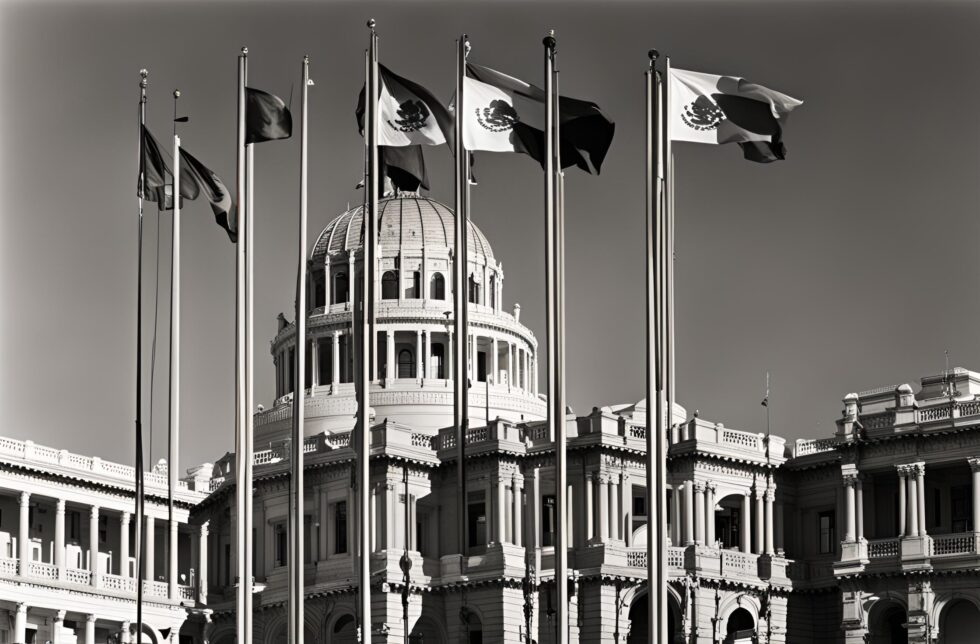
In an alternate timeline, the Treaty of Guadalupe Hidalgo was never signed, and California remained a part of Mexico. This divergence in history set the stage for a vastly different world, where the cultural, economic, and political landscapes of North America were reshaped in fascinating ways.
As the 19th century drew to a close, California, still under Mexican governance, became a melting pot of cultures. The discovery of gold in 1848, which in our timeline led to the California Gold Rush, still occurred but with different consequences. The influx of people from around the world seeking fortune was met with a Mexican government eager to capitalize on this opportunity. Rather than being overwhelmed, Mexico implemented a structured immigration policy, welcoming miners and settlers from Europe, Asia, and the Americas, with an emphasis on integration into Mexican society.
This integration led to a unique cultural fusion. San Francisco, known as Yerba Buena in this timeline, became a cosmopolitan hub where Spanish, English, Chinese, and indigenous languages mingled in the streets. The architecture reflected a blend of Mexican colonial style with influences from the new settlers. The arts flourished, with music, dance, and cuisine creating a vibrant tapestry that was distinctly Californian yet undeniably Mexican.

Economically, California’s wealth from gold and agriculture bolstered Mexico’s position on the world stage. Recognizing the importance of this region, the Mexican government invested heavily in infrastructure. Railroads crisscrossed the land, connecting the fertile Central Valley to the bustling ports along the coast. This network facilitated trade not only with the rest of Mexico but also with Asia and Europe, making California a critical node in global commerce.
Politically, retaining California had profound implications. The United States, having lost its westward expansion to the Pacific, turned its attention to other territories. The absence of California as a U.S. state meant that the balance of power within the United States shifted. The Southern states, without the counterbalance of a populous and economically powerful California, found themselves with more influence, delaying the onset of the Civil War by several decades. When the war eventually came, it was fought with different alliances and outcomes, leading to a more fragmented United States.
Meanwhile, Mexico, with its newfound wealth and strategic position, began to assert itself as a regional power. The Mexican government, led by visionary leaders, embarked on a series of reforms aimed at modernizing the nation. Education and healthcare were prioritized, with California serving as a model for progressive policies. The success of these reforms inspired other Latin American countries, leading to a period of cooperation and unity across the continent.
Culturally, California’s unique position as a bridge between continents fostered a spirit of innovation. The technological advancements that characterized the 20th century were not confined to Silicon Valley, as in our timeline, but spread throughout the region. Mexican universities and research institutions attracted brilliant minds from around the world, leading to breakthroughs in medicine, engineering, and environmental science.
By the mid-20th century, California had become a beacon of multiculturalism and progress. The city of Los Angeles, known as Nuestra Señora de los Ángeles, emerged as a center for film and entertainment, rivaling Hollywood in its influence. The stories told through film and television reflected the diverse experiences of its inhabitants, resonating with audiences worldwide.
As the 21st century dawned, the world watched as California, still a part of Mexico, hosted a global summit on climate change. Leaders from every nation gathered in San Diego, or San Diego de Alcalá, to discuss solutions to the planet’s most pressing issues. The event was a testament to California’s enduring role as a leader in innovation and diplomacy.




